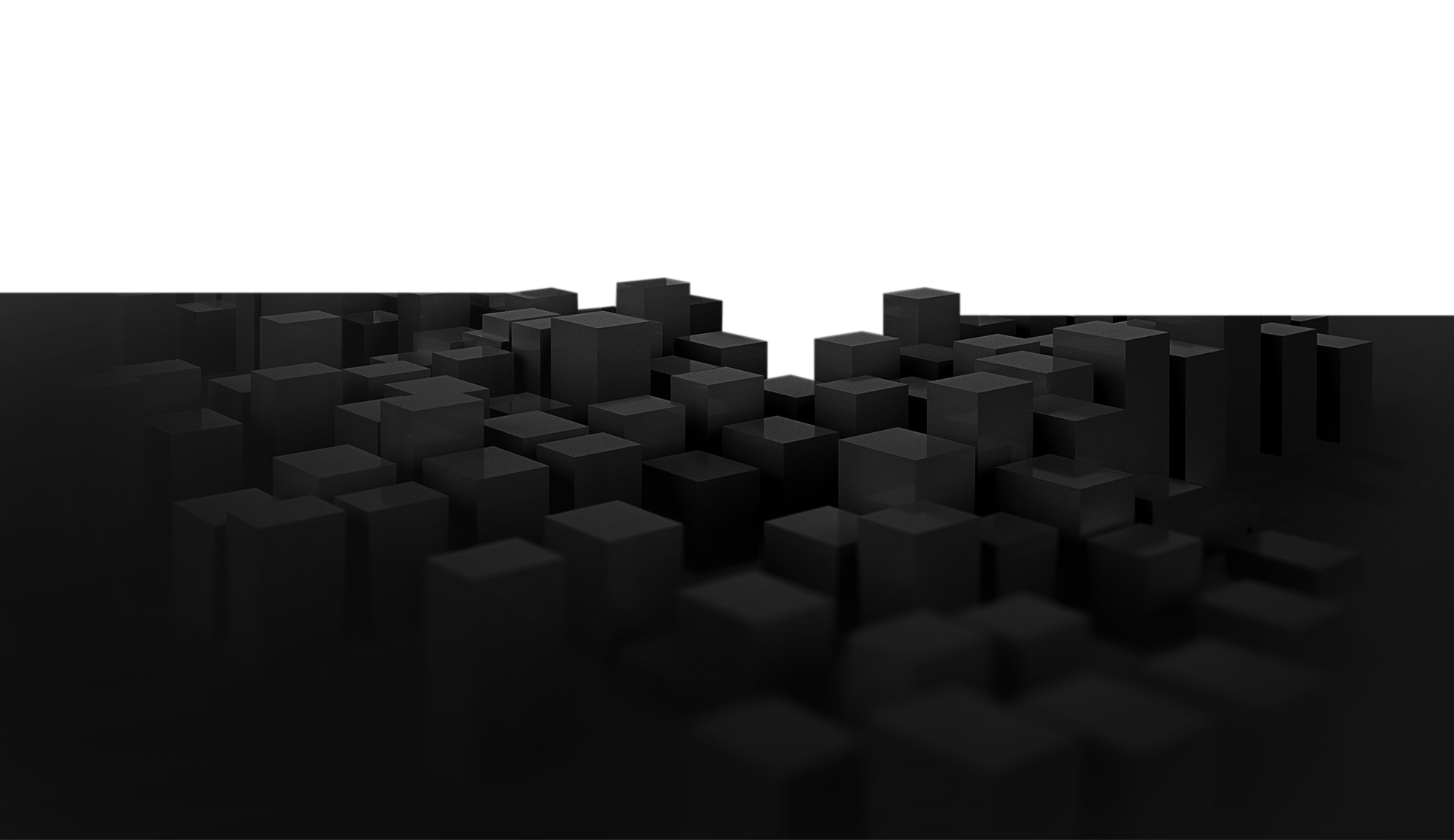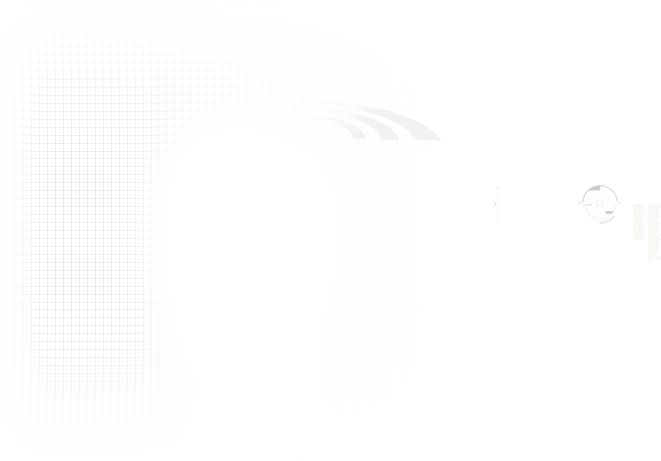RFID - Radio Frequency IDentification stands for contactless identification through the communication between a transponder and a reader.
RFID FAQ'S
What does RFID & NFC stand for and where is this technology already in use?
What is RFID?
What is NFC?
NFC stands for Near Field Communication
This RFID technology is based on ISO 14443 and specifies the communication between the reader and transponder or two readers on the HF frequency 13.56 MHz.
What is a transponder?
A transponder consists of a microchip on which the information is stored and an antenna that powers the transponder. The power is supplied by inductive coupling.
Transponders are classified as:
- Passive transponders (excitation frequency comes from the reader)
- Active transponders (have their own power supply)
Learn more about our transponders
What kind of RFID readers are available?
There are two types of readers available:
- Mobile readers
- Stationary readers
Depending on the requirements, the readers have internal antennas (for almost all mobile readers) or external antennas (very common in industrial & logistic applications).
A distinction is also made between:
- Readers (read only)
- Read / write devices
Overview on RFID frequencies
Passive transponders are classified as:
- LF Low Frequency < 135 kHz
- HF High Frequency 13.56 MHz
- UHF Ultra High Frequency 850 MHz - 960 MHz
LF Low Frequency <135kHz
The low frequency is characterized by the fact that it is most immune to liquids, conductive materials and electromagnetic interferences.
That is why LF is used very often in industry & logistic applications, Industry 4.0, smart factories, keg identification, animal identification or identification of waste containers.
The operational LF frequencies are below 135kHz depending on the application.
Animal identification, for example, is standardized at 134.2 kHz by ISO 11785/11785.
HF High Frequency 13.56 MHz
The frequency range used for HF high-frequency systems is 13.56 MHz.
Typical HF transponder designs are ISO cards or key fobs for the areas of access control, time attendance and cashless payment.
Both the HF and the NFC technology are based on ISO 14443 and specify the communication between the reader and transponder or two readers on the HF frequency 13.56 MHz. ISO 15693 also exists as the standard for industrial applications.
UHF Ultra High Frequency 850 MHz - 960 MHz
For ultra-high frequency, the electrical field is used for capacitive energy transfer in the communication between the transponder and the reader.
As a result, this technology has significantly longer ranges than LF and HF, but is also more prone to interferences.
There are as well regional differences in the approved frequencies:
Europe 868 MHz
USA 915 MHz
Retail solutions represent the most common UHF application area, where bulk reading is required and there are few interferences.
RFID Applications
RFID technology (Radio Frequency Identification) enables intelligent identification in a wide variety of requirements. Here are some typical areas of application:
ISO cards and key fobs are used here for access applications in the building sector, time recording, billing, vending as well as in the event area.
Glass transponders for pets or ear tags with RFID for livestock have been standardizing animals for many years. AEG ID is one of the representatives of Germany in the worldwide ISO working groups.
RFID is used in the automotive industry to control production logistics and generally to track goods carriers and containers. Other applications include immobilizers, NFC solutions, waste management, but also Industry 4.0 and Smart Factory Solutions.
Transponder and reader solutions from filling to logistics for barrels and kegs have already become standard in many breweries. The LF transponders are particularly well suited for tracing the containers, which is also confirmed by a study by the VLB, Berlin. Transponders are available for all stainless steel barrels and kegs available on the market.
The clear identification and assignment of electrical and mechanical equipment to the respective test protocol often creates difficulties. Serial numbers are usually long, difficult to read or no longer available. Numbers or barcode labels that are attached later become just as difficult to read, faded, scuffed, soiled or lost over time.
For this purpose, AEG ID has developed cross-divisional and easily integrable products and solutions for clear and permanent labeling in cooperation with well-known measuring and testing companies, manufacturers and software providers.
Transponder housing and characteristics
There are different transponder designs depending on the application. In most cases, different designs are even used in one application. Here are a few examples:
GLASS TRANSPONDER
Glass transponders are used in various applications.
The ID 162 is a transponder for use in animal identification. It complies with ISO standards 11784/11785. The transponder is also available as an injectate. Variants with EM4305 and Hitag S Chip are coded with customer data or country codes.
The glass transponder is a robust writable transponder, also ideal for use in an industrial environment. It is particularly suitable for applications that require small transponder dimensions. Typical applications are: container identification, pallet or tool identification, identification of textiles, proof of ownership of objects, etc.
Find out more about glass transponders
DISC TRANSPONDER
Disc transponders are used in the areas of automation, process control and logistics. Due to their compact dimensions and robust and temperature-resistant design, they are ideally suited for harsh industrial environments with limited space.
Find out more about disc transponders
KEG TRANSPONDER
AEG ID develops high quality transponder and reader solutions from filling to logistics for barrels and kegs. The transponders are particularly suitable for tracing the containers, which is also confirmed by a study by the VLB, Berlin. Transponders are available for all stainless steel barrels and kegs available on the market.
Find out more about our keg & container transponders
ISO CARDS
RFID cards according to ISO 7810 are used as employee ID cards, hotel cards, operator logins, vending cards, cashless payment or as identification media in a wide variety of applications such as ticketing, leisure and smart cities.
Find out more about our ISO cards
KEYFOBS
Our keyfobs are very often used for access solutions, vending, alarm systems, leisure or parking systems. These are robust, handy and can also be equipped with customer logos or with several chip technologies. Keyfobs are also increasingly being used as operator login media.
Find out more about our keyfob series and design your own keyfob
PVC & PET TRANSPONDERS
Foil transponders or adhesive transponders are ideal for use in industrial identification tasks and access control. The applications range from automation, production control, logistics to time recording.
CABLE TRANSPONDER
Cable transponders were specially developed for cable identification as part of the DGUV test of electrical equipment. However, they can also be used in logistics applications for other labeling of cables, lines or similar products.
Find out more about our cable transponders
METAL FLEX METALTRANSPONDER
The Metal Flex is a transponder especially designed for robust identification in the context of security checks. It can also be used in logistics applications or other mechanical stressful environments.
Find out more about our METAL FLEX
WASTE BIN TAG
The waste bin transponder or Fit Plug is a transponder for hard, industrial applications. Thanks to its robust design, it is particularly well-equipped for extreme temperature fluctuations in waste identification.
Find out more about our Fit Plug
PIGEON RING
In order to prevent manipulation in flight competitions (competitions and distance flights), specially developed RFID chips have been used in pigeon rings for years, which uses the detection systems to evaluate the performance of the pigeons. Every pigeon participating in a race is given an electronic registration ring, which they must wear in addition to their association ring.
Find out more about our TIPES 600+ Pigeon Ring
CUSTOMIZED TRANSPONDERS & READERS
For special applications, it is necessary to develop individual transponder designs that are precisely tailored to the requirements of the project. Due to our vertical range of manufacture from the chip to the end product, AEG ID offers individual solutions for both transponders and readers.
Individual solutions by AEG ID
How to configure a keyfob
Design your own individual ID medium with the AEG ID keyfob configurator.
AEG ID transfers the widespread concept of new car configurators into the RFID world for the first time. This enables you to design your own RFID key fob yourself, visualize it and then request it directly from the manufacturer.
What is an ISO card or electronic employee ID card?
An RFID ISO card is usually used to identify individual persons. Typical applications are access control, time attendance, events, leisure time such as skiing etc. The advantage of the product is the possible long range, which is often perceived by the user as a special convenience. Electronic employee ID cards comply with ISO standard 7810. AEG ID offers fast delivery times for small to medium-sized runs, printed with high quality according to customer specifications, with all common chip types on the market, either as an RFID card with only one transponder or as a multi-technology card (combination cards) with 2 to 3 RFID chips, contact chips, magnetic strips, holograms. Coding and programming in AES and 3DES are also possible, as well as media creation for common access systems such as dormakaba solutions.
Find our more about our Access & Security products
Animal ID Microchip
With the help of a cannula or a disposable syringe, a glass transponder, also called microchip, is injected under the skin of the pet or laboratory animal. A professionally implanted chip does not move around in the body and does not require any additional coatings such as parylene, titanium or any others.
The microchips are available in different sizes such as 1.41mm x 8.5mm or 2.12mm x 12mm. The manufacturer code C968 proofs a high-quality glass transponder certified by ICAR and manufactured by AEG ID in Ulm, Germany.
Find out more about our Animal ID products
Where can I get customized transponders & readers?
We offer you the opportunity to have tailor-made products designed according to your ideas and technical requirements. Our decades of experience in the development of RFID components is your benefit. The process is efficient and straightforward. Since we develop and produce both transponders and readers inhouse, we are able to offer complete hardware solutions for your individual needs.

















